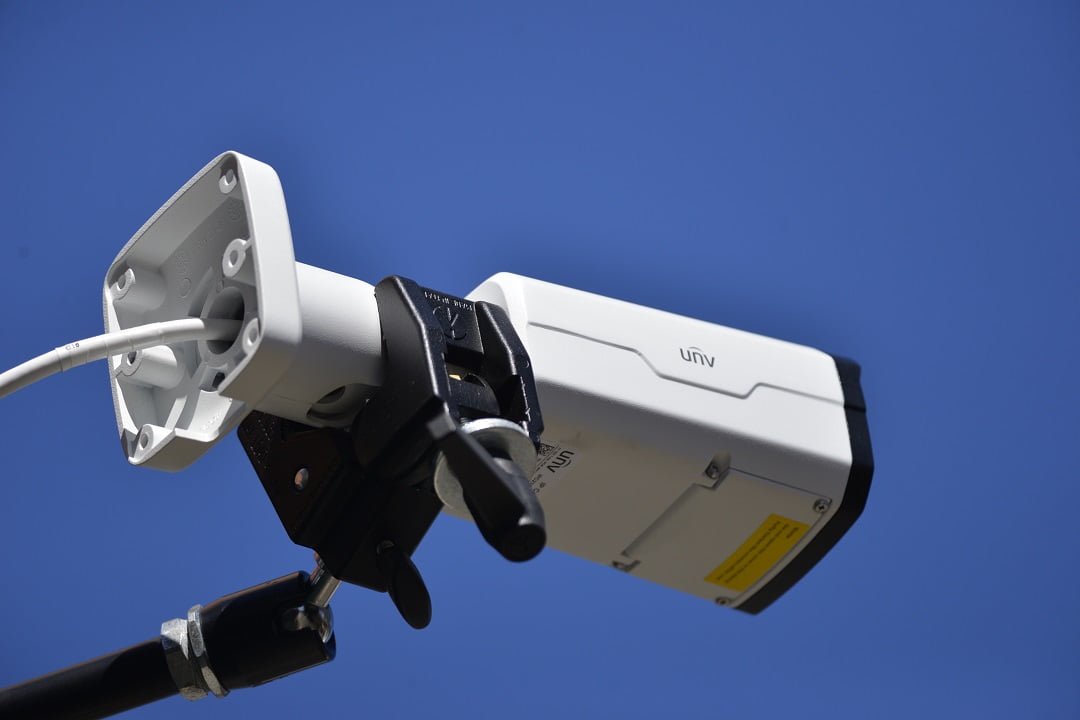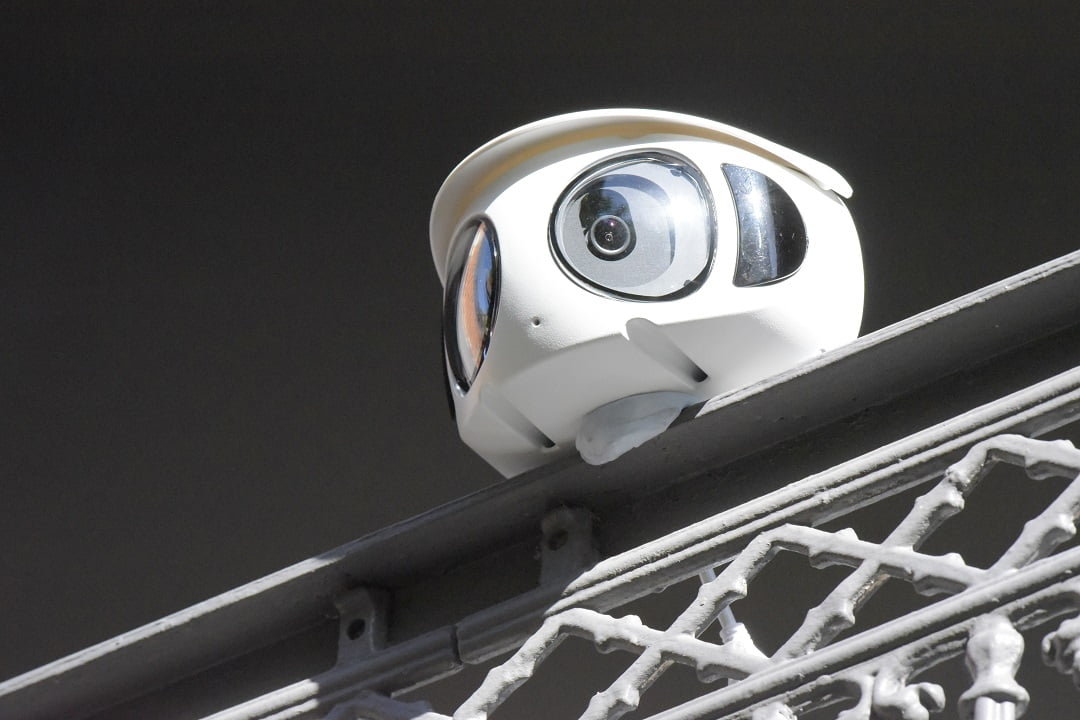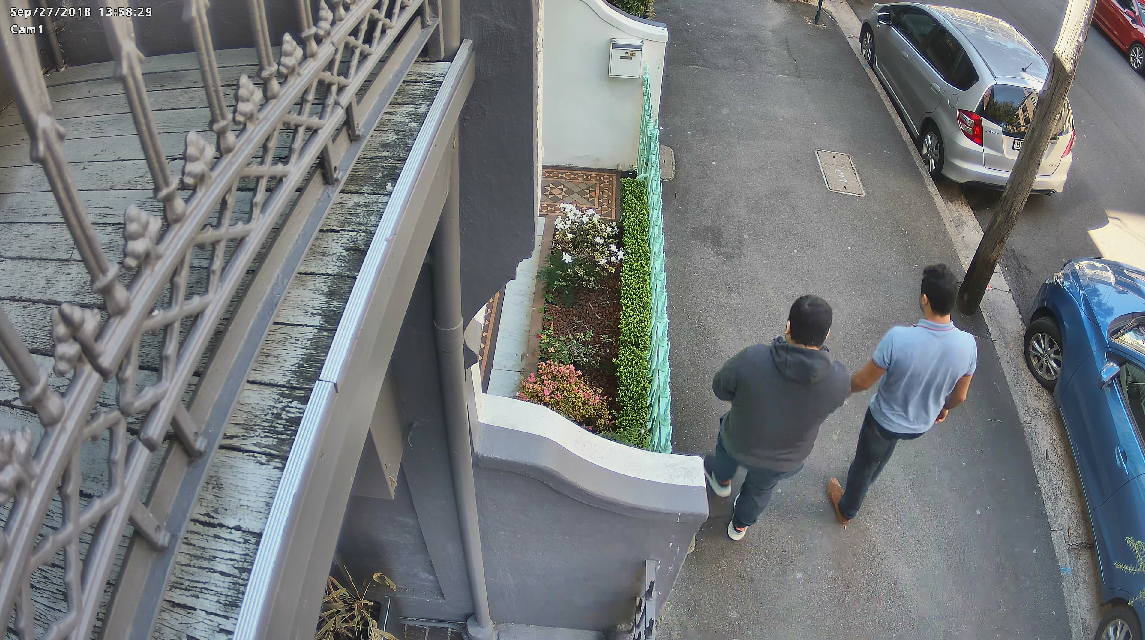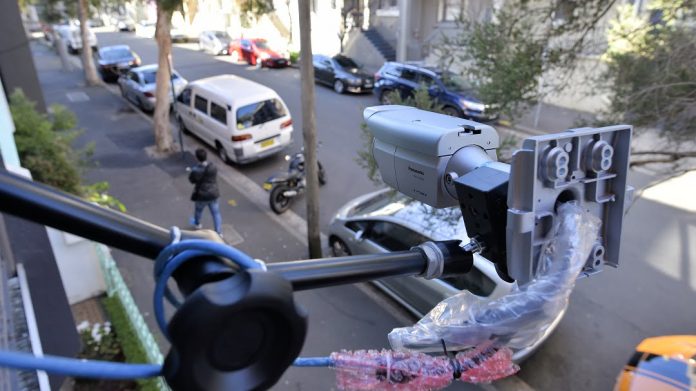What is the best and most useful CCTV camera form factor for typical applications? Is it the dome camera, the bullet, the turret, the PTZ or a species of wide-angle camera?
CCTV cameras come in all shapes and sizes, with some specifications tending to guarantee they won’t be able to support some professional applications. Think about the 720p resolution, 120-degree plus angles of view some cameras serve up. Then there’s a new breed of high resolution, wide angle cameras that contrive to see everything in their angles of view and hustle pixels enough to provide useful detail while doing so.
It’s easy to say just use the best camera for the job in front of you but that’s not always possible. There may not be the budget, the stock, or the strategy in place to allow use of powerful bullet cameras or PTZs. You, and system managers, may be stuck with fixed, mid-angle views. That said, there are cameras that contrive to offer excellent performance in multiple applications thanks to quality sensors, good lenses and form factors that work.
There are other considerations with modern CCTV cameras, too. The best CCTV camera might be the camera that offers the cleverest AI, the best notifications, the highest levels of cybersecurity – many of these functions are not restricted to more expensive form factors – the simplest cameras may be by far the easiest to use.

Consultant Luke Percy Dove says for a typical CCTV application, dome cameras would be his first choice.
“The reason I like domes for general CCTV applications is because they are less prone to being tampered with or manipulated,” Percy-Dove says. “A full-body camera may be able to have its viewing angle tilted up or down or something hung over the front of it so that the camera view is obscured. Also, the field of view of a dome camera is less obvious to that of a full body camera which can also be advantageous.”
According to Percy-Dove, there is still a place for PTZ cameras in large CCTV applications.
“We generally only recommend them if they are going to be actively monitored from a control room but there is absolutely a place for them,” he says. “In a control room environment, system operators can gain enormous operational value from PTZ cameras and they can actually reduce the need for security personnel in some environments. We have recommended their use as an alternative to external building patrols because we prefer that security officers remain within the safe confines of a building at night and do not venture outside.
“We also endorse the use of PTZ’s for alarm verification in perimeter security applications. One strategically placed PTZ camera will have the ability to validate events from multiple alarm zones over longer distances than could be achieved with fixed cameras. And that is before other features such as auto-tracking are considered, including how they may assist from an operational perspective.”

How effective are wide angle, MonsterMP CCTV cameras are in large surveillance applications taking night viewing performance into account, according to Percy-Dove?
“We have found that ultra-high-resolution cameras can be very good during the day to provide situational awareness of very large areas,” he says. “However, perfect conditions are usually only achieved during daylight hours and from our experience they have been less impressive at night or in early morning/late afternoon when shadowing is more prominent. Native frame rates can also be lower on these cameras which may be problematic in some environments. Our recommendation would generally be that they are supported by other cameras and not relied on as the only means of surveillance.”
Another increasingly popular form factor is the 360-degree camera, which gives massive coverage but there are weaknesses to go with their strengths.
“The strength of 360-degree cameras is undoubtedly their ability to provide multiple views from a single device,” Percy-Dove explains. “We have seen them work well in retail environments to track who is coming and going and for identifying trips, slips and falls. However, the fixed focal lengths mean that camera positioning has to be spot on and the sensor resolutions will be lower than we would normally want for the angle of view. This suggests they are well suited for smaller areas such as shops but less so for larger, more open spaces.”
Is there still a case to be made for mid-angle bullets (4-6mm on a 1/3-inch lens) in many applications where face recognition and LPR are required through variable lighting conditions, in Percy-Dove’s opinion?
“Most definitely, assuming that the camera can be correctly positioned and is capable of performing the intended function,” Percy-Dove says. “I am still a big fan of correctly framing a doorway or driveway entry that ensures the perfect entry ID shot is achieved every time under any conditions. Bullet cameras that can cope with backlighting are ideal for this.”

A very popular camera form factor for economical applications is the low-cost turret, which varies in terms of performance. Some are pretty ordinary. Others are surprisingly capable.
“Low-cost cameras, irrespective of the form factor, can work well in professional environments,” says Percy-Dove. “I would suggest they are appropriate for internal applications such as to monitor hallways and offices where artificial lighting will always be used. I would never endorse their use for external applications or anywhere the lighting is inconsistent or variable. Low-light performance of these cameras is almost always very poor.”
If Percy-Dove could have a dream camera that combined the latest available technologies, what would its specification and operational capabilities be?
“A 360-degree camera with each sensor having a 3-12mm vari-focal lens that meant it could be perfectly configured for almost any application,” he says. “The camera would have a WDR rating of around 140dB for each sensor, which would make it really versatile too. And, of course, it would be able to see in the dark.”
Do the latest generations of cameras ever disappoint you, in terms of their performance?
“I am not usually critical of cameras or their performance, because like all technologies they are improving all the time,” Percy-Dove says. “I do get very disappointed with the lack of application knowledge by people who are trusted by their clients to advise them properly. Recommending a bullet camera that relies on inbuilt IR for low-light performance is wrong on so many levels, as is using a camera with little or no WDR capability for building entries. If the camera selected does not work equally well under all circumstances, then someone has made a mistake. It’s not the product’s fault this happens.”

Edward Qiu, Oceania technical manager at UNV, says camera form factor takes second place to aspects of overall performance, like efficiency at multiple levels.
“In order to make cameras easy to use, some basic functions like plug and play, cloud upgrade and diagnosis log export for quick troubleshooting are required,” Qui says. “Further, reliability is of vital importance. This comes down to strict testing and adherence to IP67 and IK10 ratings to guarantee quality.”
When it comes to form factor, Qui says he sees roles for multiple types.
“PTZs will definitely play an important role in large CCTV applications now and in the future,” he says. “Compared with normal cameras, big optical zoom captures more details deeper into scenes and auto-tracking allows these cameras to zoom in and track objects automatically, while long-range IR improves images at night. With all these brilliant features, PTZs can completely cover large scenarios.
“Wide angle and MP CCTV cameras play an important role in public surveillance applications since the effect of several cameras can be achieved with one camera. To some extent, it reduces installation and maintenance costs; besides, with night viewing function, it is more suitable for surveillance in large scenarios around the clock. However, large MP CCTV cameras have a big demand for decoding and transmission.”
When it comes to 360 and wide-angle cameras, Qiu says the advantages are obvious.
“One 360 wide-angle camera can be equivalent to multiple cameras, providing wider views at relatively low cost; however, this kind of camera may be limited in installation, especially outdoors where wall mounting is the only option,” he explains.
“As for mid-angle bullets, it depends greatly on installation environment and illumination. With 4-6mm on a 1/3-inch lens, whether the camera can capture a clear face or license plate rests with a certain detection distance and height, as well as abundant light. Importantly, mid-angle bullets can provide a favourable price, so there is still a case to be made.
“With low cost turrets, it depends on the application and the camera in question. Normally, in a professional application, low-cost is not an important consideration, however, required functions like IP67, HLC, etc, do matter.”
Qiu’s dream cameras has holistic properties that enhance the overall security function, as well as strong surveillance capabilities.
“A combination of AI technology and starlight performance would be my dream camera,” Qiu says. “With deep learning algorithms, video metadata would accurately classify people, vehicles and non-motor vehicles, while parameter protection would reduce false alarms to make surveillance more efficient. At the same time, starlight performance would guarantee a colourful image in low light environments.”

Vivotek’s Farshid Parhizkari argues that the fixed dome camera is the most flexible and popular type of CCTV camera in a typical installation because there are many different designs and options available.
“I think there is a place for PTZs, too, but the market needs PTZ cameras that can provide good image quality at night-time when the lens is fully zoomed in,” Parhizkari explains.
“When it comes to MP cameras, it depends on scenario. I think high-resolution wide-angle cameras are very practical if they are used to cover a large area, however, bandwidth usage at high frame rate and low light performance is important when the users decide to use high-resolution, wide-angle cameras.
“Meanwhile, 360 cameras are very useful for observation with no blind spots, however, the biggest weakness of 360 cameras is the PPM (pixels per metre) or the details compromised with the huge field of view created by fisheye lens.”
Parhizkari says there is a case to be made for mid-angle bullets (4-6mm on a 1/3-inch lens) in applications where face recognition and LPR but other factors apply.
“The focal length is only one factor in selecting the right camera for a proposed application,” he says. “There are lots of other factors such as the quality of image sensor, shutter speed, quality of lens, WDR, frame rate, etc, that are required for the cameras might be used for facial recognition or ALPR. However, if the camera meets these other considerations, 4-6 mm lenses cameras are usable in scenarios where PPM requirement is met.
“In my opinion, turret cameras are king of dome shape of bullet cameras,” he explains. “If the design and performance are ok, turret cameras may even be good enough for pro applications. However, turret cameras are usually classified as entry level and are only popular in specific regions – ANZ is one of the regions that is quite interested in turret cameras.”
When it comes to Parhizkari’s dream camera, he, too, takes an holistic operational view.
“This is a very interesting question,” he says. “IP cameras are complicated devices and every single factor is developed over years to fit to an application. However, my dream camera would be a modular camera that allows users to select the form factor (case, body type, enclosure), and fit their desired camera module into the case that fits their purpose. This camera should be capable of being programmed by the SI for a specific scenario, such as particular video analytics.”
Do the latest generations of cameras ever disappoint Parhizkari in terms of their performance?
“Because of the nature of CCTV camera technology, which heavily relies on the power of system on a chip, and the quality of image sensors and lenses, performance is improving significantly,” he says. “There is still a big gap to be filled in terms of common standards, which I believe will be much better in the future with ONVIF profile T and OSSA platform. Mechanical design, aesthetic and practicality are other factors that will be improved a lot in upcoming years and I believe higher resolution at high frame rate with sophisticated compression technologies, low light performance and on-edge video analytics will be an ongoing trend.”

Ryan Shi of Hikvision argues the most flexible CCTV camera form factor in a typical application is the bullet camera.
“A varifocal, all-in-one bullet would be the most flexible choice for different applications, such as day/night, indoor/outdoor, far/near, extensive mounting adaptability, ceiling/wall/pendant mount, etc, with a built-in adjustable bracket,” he says. “Advanced components like sensor, lens, IR LED and AI chip can also be fitted into the case, allowing further enhancement of the performance of the camera.
“There is still a place for PTZ cameras. Surveillance users can’t always put numerous camera around a site and cover all scenarios. With PTZs, the strong scene coverage and ability to target details benefit the operator and the user, thanks to 360-degree coverage and zooming capability. Other PTZ forms like positioning cameras and laser PTZs would also be very useful for special applications.
“With higher MP camera solutions, multi-sensor cameras would be much effective than single senor ones. Multi-sensor cameras deliver better coverage, less distortion and broader scenarios adaptability than single lens wide angle camera, of which the usage would be merely limited to stadiums or large spaces.”

Shi says that for fisheye cameras, 360-degree coverage with one camera, heat mapping/counting are the most attractive features, while distortion is the biggest weakness – he says panoramic models are a better-balanced choice. When it comes to applications where face recognition and LPR are required through variable lighting conditions, Shi says camera performance is a major consideration.
“AI-related applications, like face recognition and LPR, require much finer installation and calibration than other applications,” Shi explains. “Such applications are more challenging when there is strong backlight, or too little light. For AI algorithms, image quality is the basis, so a camera with better image quality and an adjusted lens would be much more helpful.”
Meanwhile, Shi’s dream camera is AI-equipped, offers the best image quality, has a modern design, and a suite of functionalities that take into consideration specific application and installation requirements.
#sen.news










